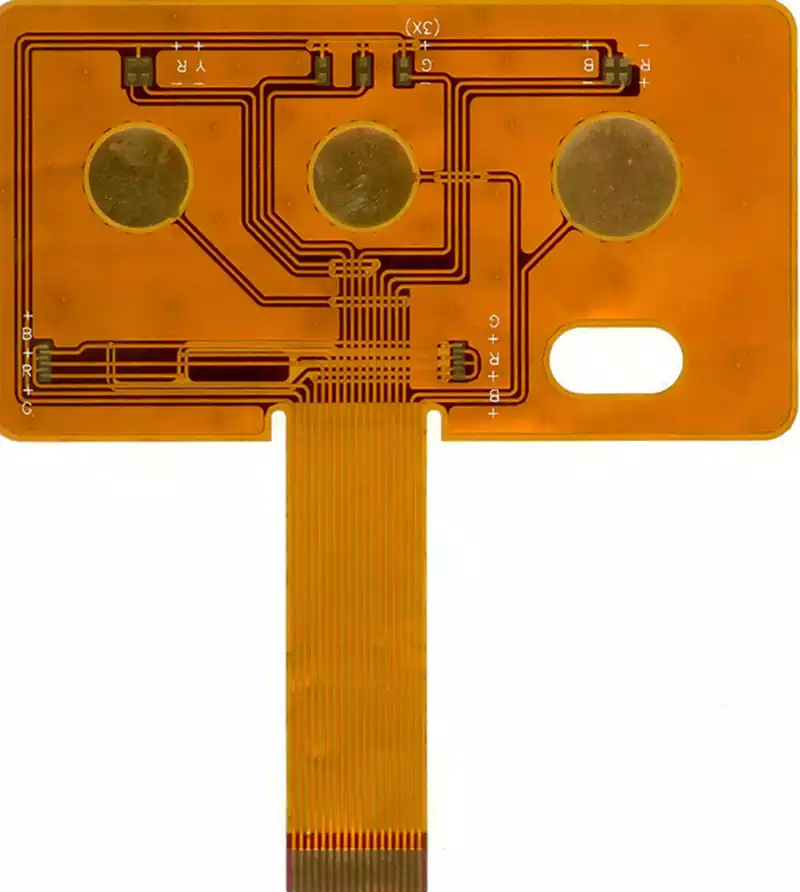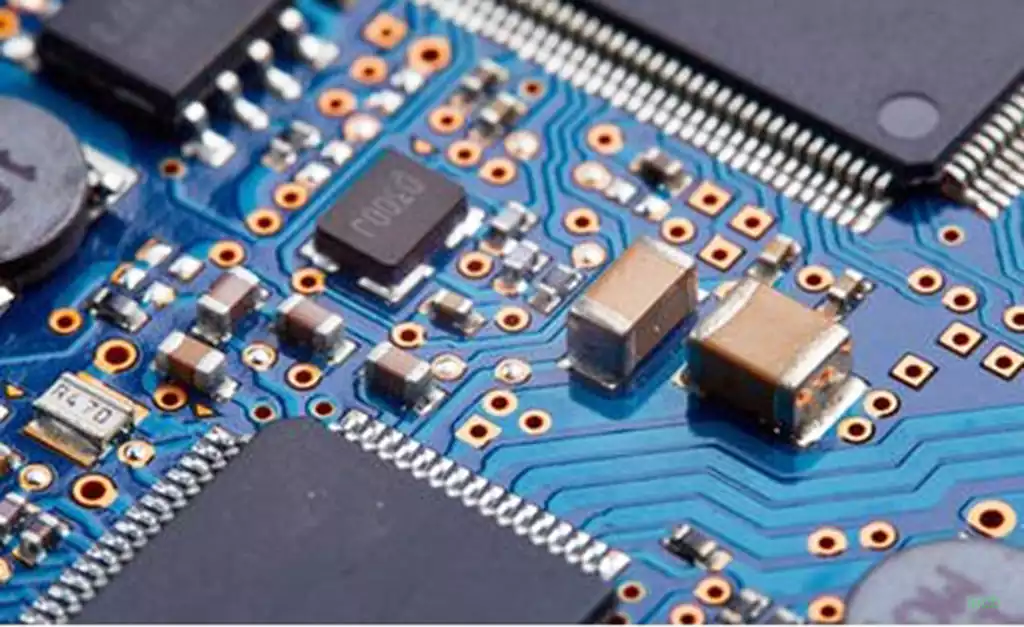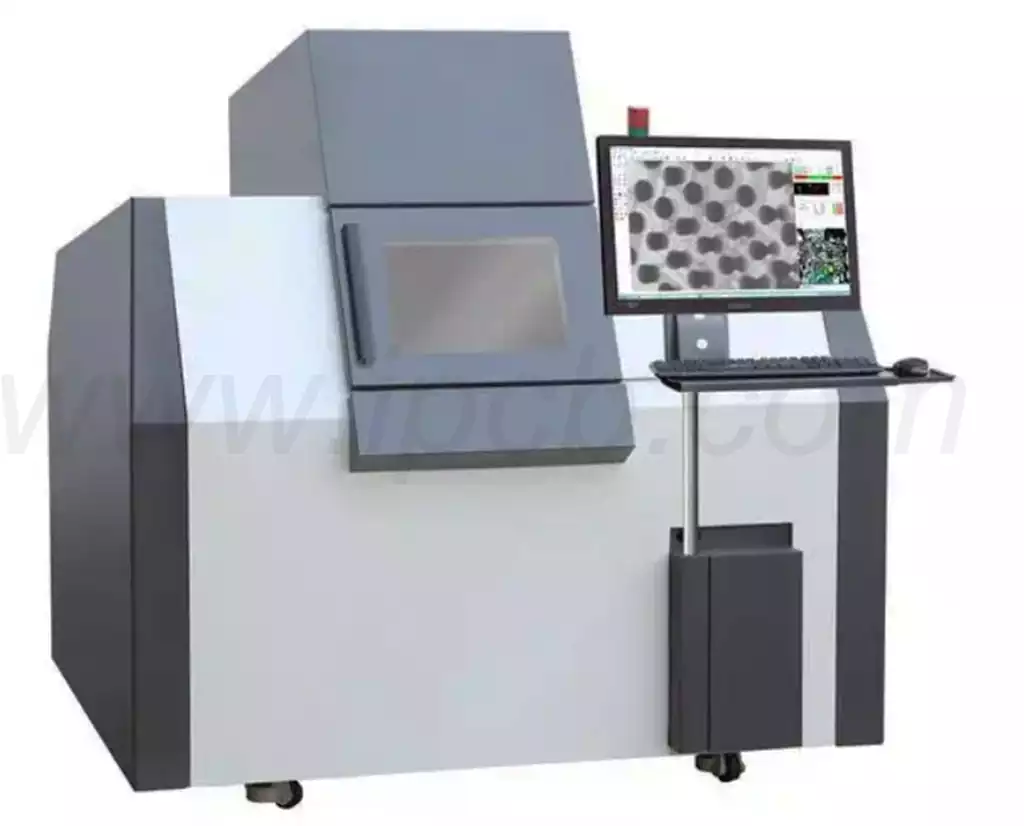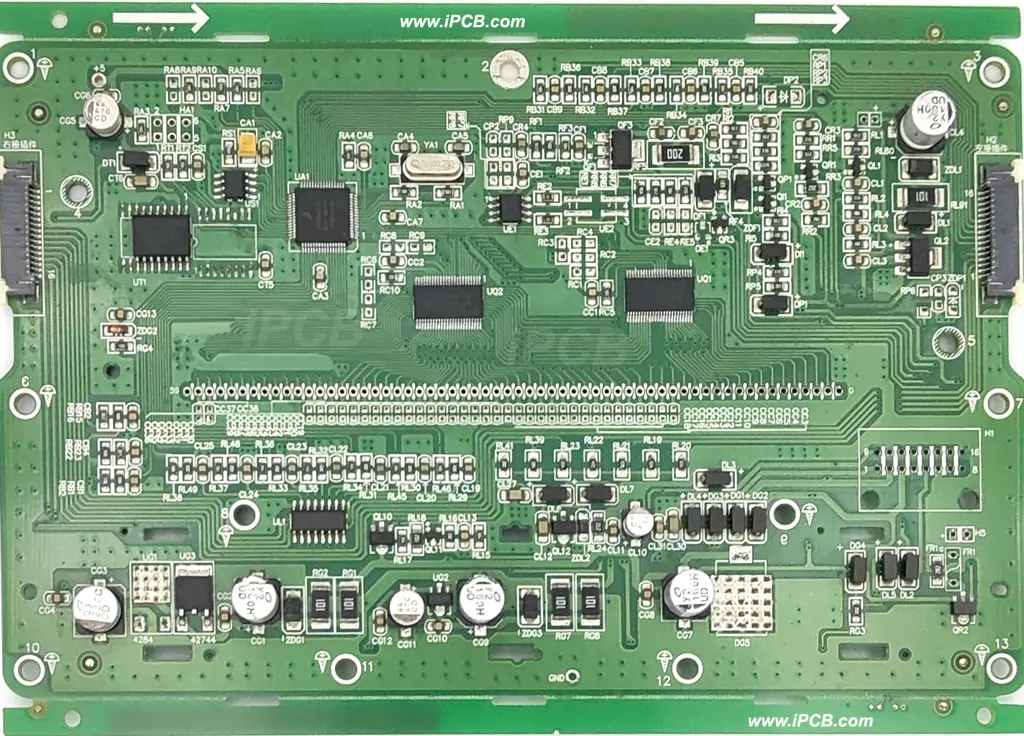Introduction
Field Programmable Gate Arrays, commonly referred to as FPGAs, are powerful and flexible digital integrated circuits that have revolutionized the field of electronics and computing. Unlike traditional application-specific integrated circuits (ASICs), which are designed for a specific function and cannot be altered once manufactured, FPGAs are designed to be programmed and reprogrammed after manufacturing, offering unparalleled versatility and adaptability. This article delves into the intricacies of FPGAs, exploring their architecture, applications, advantages, and the future of this groundbreaking technology.

Understanding FPGA
FPGA stands for Field Programmable Gate Array. It is an integrated circuit designed to be configured by a customer or a designer after manufacturing – hence “field-programmable.” The FPGA configuration is generally specified using a hardware description language (HDL), similar to that used for an application-specific integrated circuit (ASIC). The key components of an FPGA are the programmable logic blocks and a hierarchy of reconfigurable interconnects that allow the blocks to be wired together, somewhat like a one-chip programmable breadboard. Logic blocks can be configured to perform complex combinational functions or simple logic gates like AND and XOR. In most FPGAs, the logic blocks also include memory elements, which may be simple flip-flops or more complete blocks of memory.
Architecture of FPGA
The FPGA architecture consists of three main electronic components: the programmable logic blocks, the programmable interconnects, and the input/output blocks.
Programmable Logic Blocks
The heart of an FPGA is its programmable logic blocks. These blocks can be programmed to perform any logical function. The basic building block of an FPGA is the look-up table (LUT), which implements combinational logic. LUTs can be connected to form more complex logic circuits. In addition to LUTs, FPGAs also contain flip-flops for implementing sequential logic.
Programmable Interconnects
Programmable interconnects are the pathways that connect the logic blocks. These interconnects can be configured to route signals between different logic blocks. This flexibility allows designers to create complex circuits by connecting various logic blocks in a specific manner.
Input/Output Blocks
Input/output blocks are responsible for the communication between the FPGA and the external environment. They manage the data flow in and out of the FPGA, ensuring that the device can interact with other components in a system.
Applications of FPGA
FPGAs are used in a wide range of applications across various industries due to their flexibility and performance capabilities. Here are some of the most common applications:
Telecommunications
In telecommunications, FPGAs are used for tasks such as signal processing, data packet processing, and network security. They enable rapid prototyping and deployment of new communication protocols and algorithms.
Aerospace and Defense
FPGAs play a critical role in aerospace and defense applications where reliability and performance are paramount. They are used in radar systems, electronic warfare, and secure communications.
Consumer Electronics
In consumer electronics, FPGAs are used in devices such as digital cameras, televisions, and gaming consoles. They enable manufacturers to implement complex features and functionalities that enhance user experience.
Automotive
The automotive industry uses FPGAs for advanced driver-assistance systems (ADAS), infotainment systems, and electric vehicle control systems. FPGAs provide the flexibility needed to implement new features and comply with evolving safety standards.
Medical Devices
In the medical field, FPGAs are used in imaging systems, diagnostic equipment, and patient monitoring systems. Their ability to process large amounts of data in real-time makes them ideal for medical applications.
Industrial Automation
FPGAs are widely used in industrial automation for controlling machinery, monitoring processes, and implementing robotics. They enable real-time processing and high reliability, essential for industrial environments.
Advantages of FPGA
FPGAs offer several advantages over traditional ASICs and other programmable devices:
Reconfigurability
One of the most significant advantages of FPGAs is their reconfigurability. They can be reprogrammed to perform different tasks, allowing designers to modify and optimize their designs even after deployment.
Rapid Prototyping
FPGAs enable rapid prototyping of digital circuits. Designers can quickly implement and test their designs, making it easier to iterate and improve their solutions.
Parallel Processing
FPGAs excel at parallel processing, allowing multiple tasks to be executed simultaneously. This capability is particularly useful for applications that require high-speed data processing.
Shorter Time-to-Market
The flexibility and reconfigurability of FPGAs lead to shorter time-to-market for new products. Designers can implement and test their designs quickly, reducing development cycles.
Cost-Effective
For low to medium volume production, FPGAs are more cost-effective than ASICs. ASICs require significant upfront investment for design and manufacturing, while FPGAs can be programmed using off-the-shelf components.
Challenges and Limitations
Despite their many advantages, FPGAs also have some limitations and challenges:
Power Consumption: FPGAs tend to consume more power than ASICs, making them less suitable for power-sensitive applications.
Complexity: Designing and programming FPGAs can be complex and requires specialized knowledge and skills in hardware description languages and digital design.
Performance: While FPGAs offer high performance for many applications, they may not match the speed and efficiency of ASICs for specific tasks due to their reconfigurable nature.
Future of FPGA
The future of FPGAs looks promising, with continuous advancements in technology driving their adoption across various industries. Several trends are shaping the future of FPGAs:
Integration with AI and Machine Learning
FPGAs are increasingly being integrated with artificial intelligence (AI) and machine learning (ML) applications. Their parallel processing capabilities make them ideal for accelerating AI and ML algorithms, enabling faster and more efficient computations.
Enhanced Power Efficiency
Efforts are being made to improve the power efficiency of FPGAs. Innovations in design and manufacturing processes are expected to reduce power consumption, making FPGAs more suitable for a broader range of applications.
Increased Adoption in Edge Computing
With the rise of edge computing, FPGAs are gaining traction as a key technology for processing data at the edge of the network. Their reconfigurability and low latency make them well-suited for edge applications.
Advancements in Design Tools
The development of more user-friendly design tools and frameworks is making it easier for designers to work with FPGAs. These tools are helping to lower the barriers to entry and enable more widespread adoption of FPGA technology.
Conclusion
Field Programmable Gate Arrays (FPGAs) represent a significant advancement in the field of digital electronics, offering unparalleled flexibility, performance, and reconfigurability. Their applications span across numerous industries, from telecommunications and aerospace to consumer electronics and medical devices. While FPGAs do present some challenges, such as higher power consumption and design complexity, ongoing advancements in technology are addressing these issues and paving the way for even greater adoption in the future. As the demand for high-performance, adaptable computing solutions continues to grow, FPGAs are poised to play an increasingly vital role in shaping the technological landscape.



